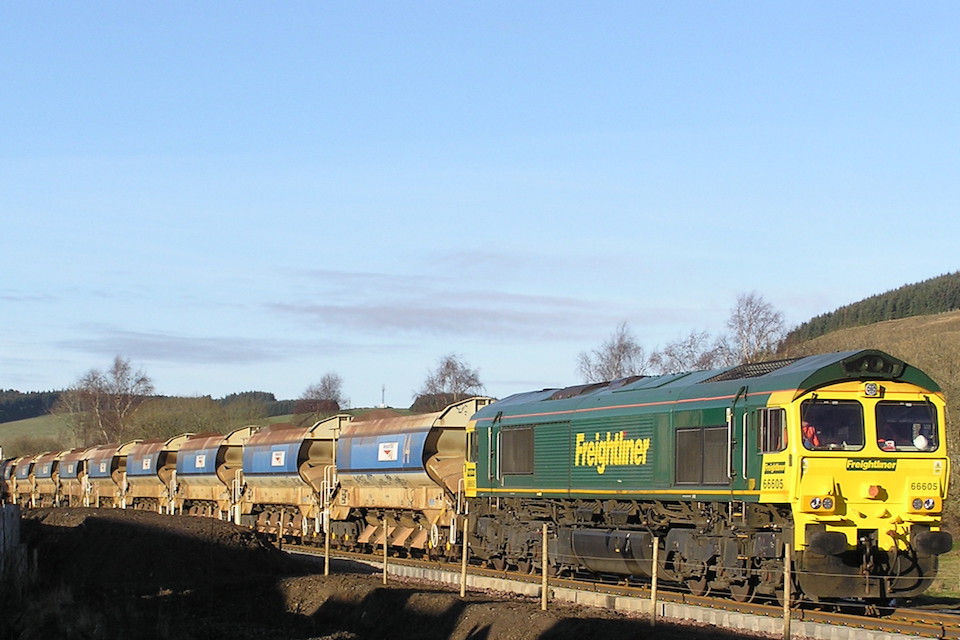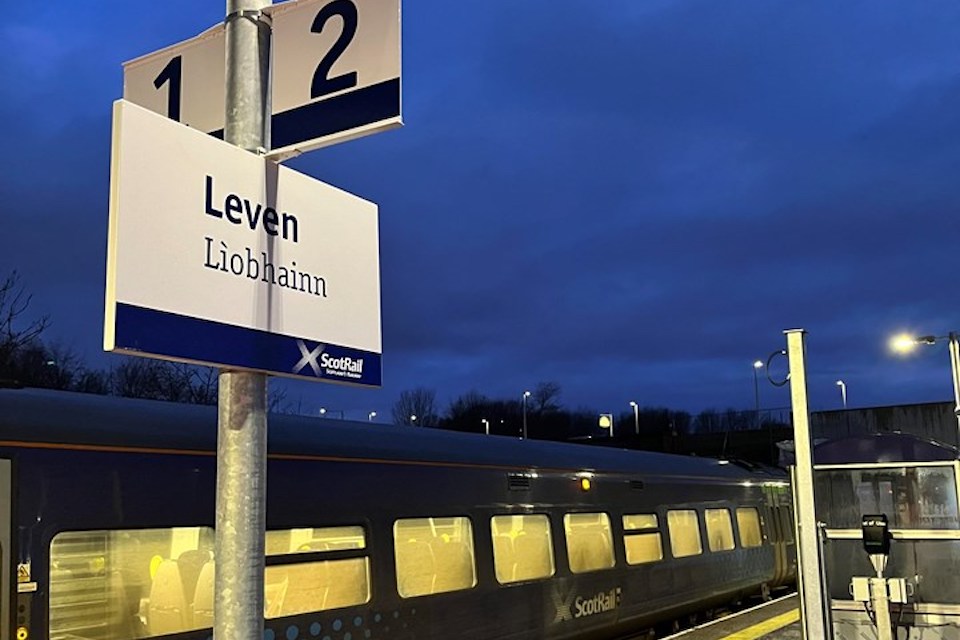Scotland’s newest railway has taken a significant step towards completion. Trains have been given the green light to use the brand-new Levenmouth Rail Link. The national infrastructure agency, Network Rail, commissioned the signalling system on the line. The move brings reconnection to network operations a step closer. The short spur will provide services to communities east of Fife and create the potential to launch rail freight services.
Network Rail successfully tested and implemented the signalling over the first full weekend of January. That has cleared the way for driver training on the newly established route, bringing a planned passenger service and potential freight services a step closer. The 116 million pound (135 million euros) Levenmouth Rail Link is intended to foster economic regeneration in the region.
Trains on the tracks
Completing the signalling system and the commencement of driver training mark a significant milestone towards the reconnection of Leven to the mainline railway. “Passenger services are set to commence this summer, providing a crucial transport link for the local community”, said a Network Rail statement. “This development will result in an increased presence of trains on the track in the coming weeks as drivers acquaint themselves with the new section of railway between Thornton Junction and Leven Station.”

Although the project is a relatively modest five miles (eight kilometres), it represents a significant economic boost for the communities around the town of Leven. The railway forms part of what was once a coastal route around the east of Fife, which connected Edinburgh with Leven, the golf resort of St Andrews, and Dundee. Campaigners are working towards re-establishing a rail link to St Andrews as well. Although the coastal route closed in the 1960s, the short connection to Leven remained in occasional use for freight until recently.
Investing in Scotland’s Railway
Funded by the Scottish Government, the project will see two new stations added to the network, at Leven and Cameron Bridge. The latter station is located near industrial facilities, including a distillers bottling plant previously served by a freight siding.
“This is a key milestone in reconnecting Levenmouth with the rail network, delivering benefits and opportunities to the people of Leven and Fife”, said Fiona Hyslop, Minister for Transport in the Scottish Government. “It is also clear evidence of our commitment to investing in Scotland’s Railway as we seek to attract more people onto public transport.”
Operational railway ready for driver training
It is more a measure of the turnover at the ministry than the project timeline, but Ms Hyslop is the fifth Minister for Transport to visit the three-year construction project. Ms Hyslop thanked everyone involved in the project and expressed anticipation for the completion of the stations and active travel links.
“The commissioning of the signalling system is the last piece of the jigsaw”, said Gerry McQuade, capital delivery director for Scotland’s Railway and the project supervisor. “[This] delivers a fully operational railway ready for driver training.” The project team will now shift their focus to completing the construction of the two new stations along the line and a variety of access routes.
Future demand, including freight potential
Scotland’s government has pursued several rail projects in the past decade. Among them was the Airdrie – Bathgate line, which provided a new connection between Glasgow and Edinburgh while serving a number of communities in the Central Belt. A notable freight project was opening the Highland Spring terminal at Blackford in Stirlingshire. There has been some criticism over ‘building to a budget’ which meant some projects have struggled to meet demand – notably the Borders Railway, which was built without any latent capacity for freight or future development.

Nevertheless, the Levenmouth Rail Link is better placed to take future demand, including freight potential. The double-track railway should not suffer from constrained capacity. The newly commissioned signalling system, which is controlled from Network Rail’s Edinburgh signalling centre, includes 15 line-side signals, 22 axle counters, three sets of points, and 21 location cabinets to manage power and communications between different signalling elements.
